Arriving in Antwerp from Amsterdam earlier this year, I was totally unprepared for the view as I rode the escalator from the platform to the station hall.
Yes, main stations are big and often ornate, but they are seldom so bright as this, the result of the huge glass-filled dome above the main hall.
My first reaction was "cathedral for trains," and I later found I was not original in that thought; Antwerpen-Centraal, to give the formal name, is known locally as the 'spoorwegkathedraal,' or 'railway cathedral.' And, as with most cathedrals, the history is older than the present building. There's been a station on the spot since the first train arrived from Brussels in 1835.
But that station was barely more than a wooden shed just outside the city walls, and within a dozen or so years was replaced by a newer and more substantial wood station. As the city grew, the station's location became city center rather than suburb.
In the 1890s, King Leopold II, flush with cash from the ruthless exploitation of the Congo, decided the city deserved a more prestigious station, and Louis del Censerie was put to work on the design. While the building continues to win awards as one of the world's most beautiful stations, no one has ever been able to actually identify the style he used; 'eclectic' is probably the best choice.
The images above show the station's development: the original six tracks, three on each side of the building, are above the concourse area. They are terminating tracks; trains on them leave the same way they arrived. The lower photo shows two levels added later, one for four more terminating tracks and the lower for four through tracks that finally allowed trains heading north to stop at Antwerp and then continue on.
All this opulence didn't keep the station from suffering some of the ills of the 20th century, and by the 1970s there was even talk of demolition. Fortunately, though, the talk ended, and renovation and repair happened instead.
Among the work done in the 1980s was a final repair of damage caused by V2 rockets that hit the station during World War II, damaging the steel roof of the train shed, a masterwork of its own, designed by Clemens van Bogaert. Because of the wave distortion that can be seen at the end of the roof in this picture, the structure could no longer support the weight of its steel panels and glass; the solution was to replace them with polycarbonate sheets, similar to what we know as Lexan.
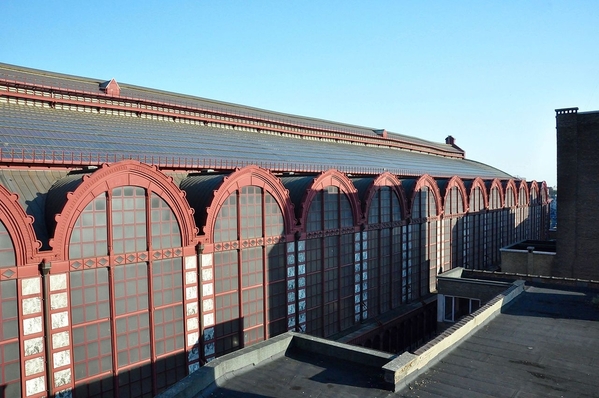
Vincent Mia Edie Verheyen/Wikimedia
Today, few stations of this scale are built from scratch, and most that are are far more restrained, even utilitarian. So, while worship might be over the top, we can at least be glad to have 'the railway cathedral.'


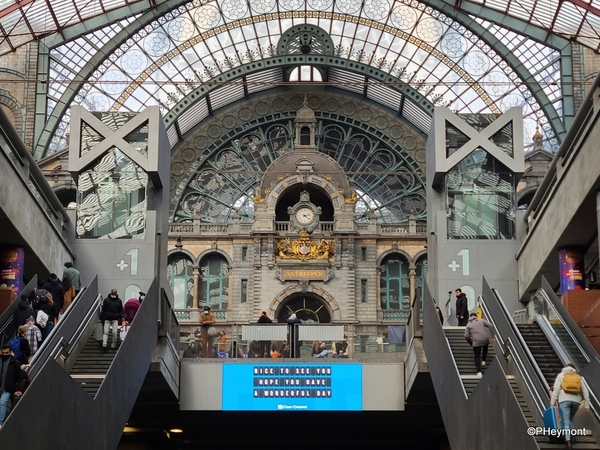

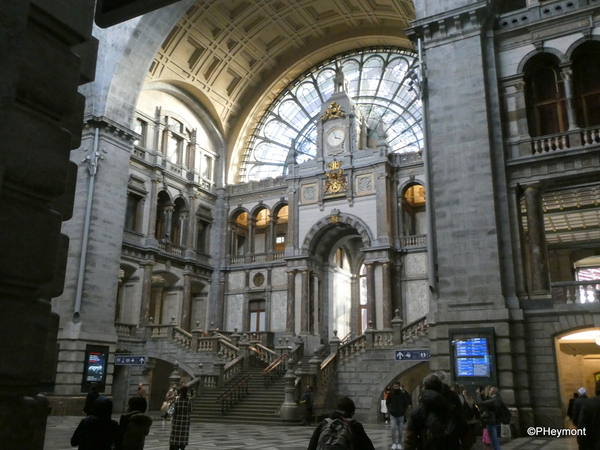
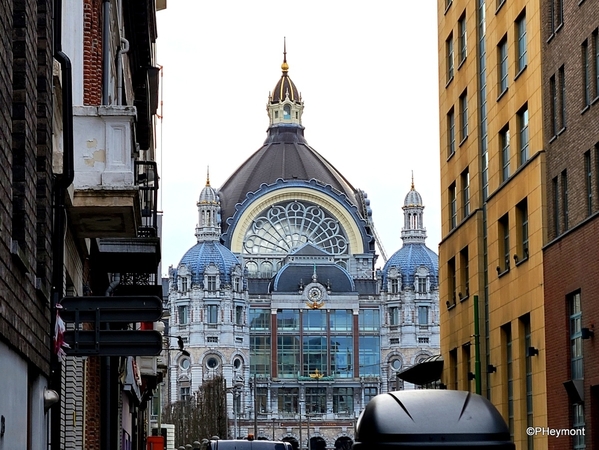
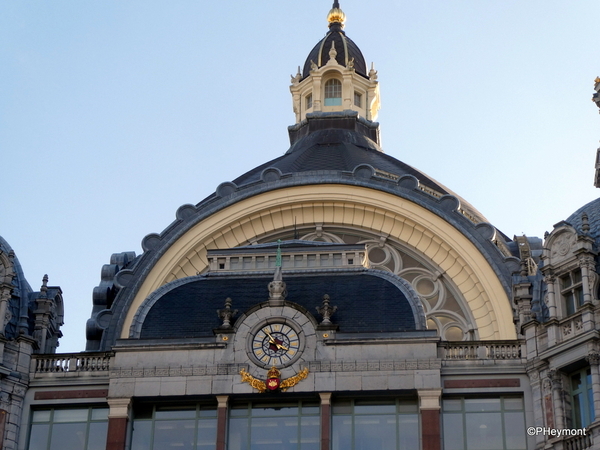

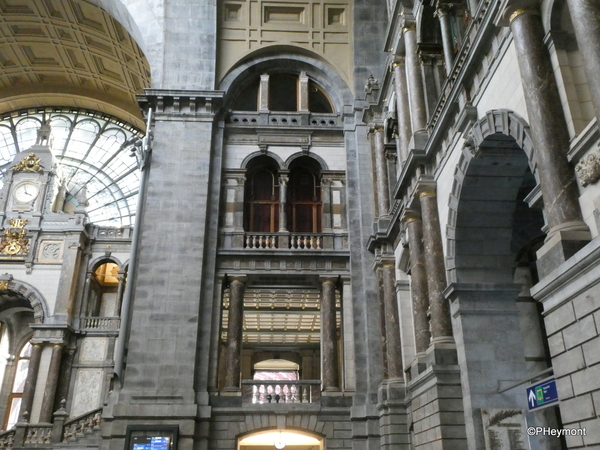
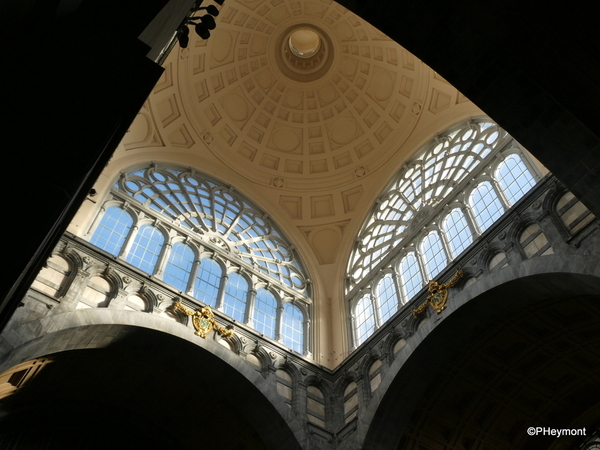
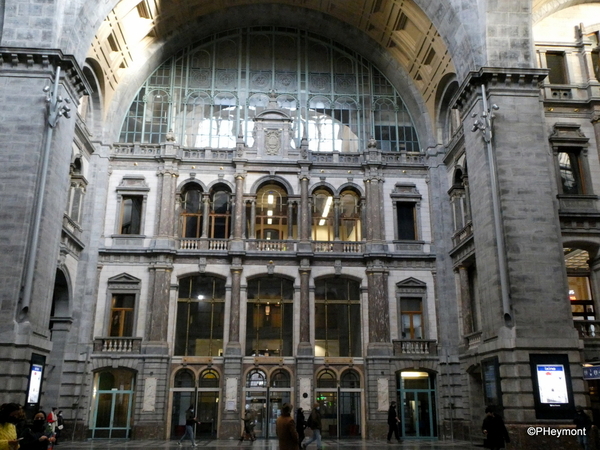
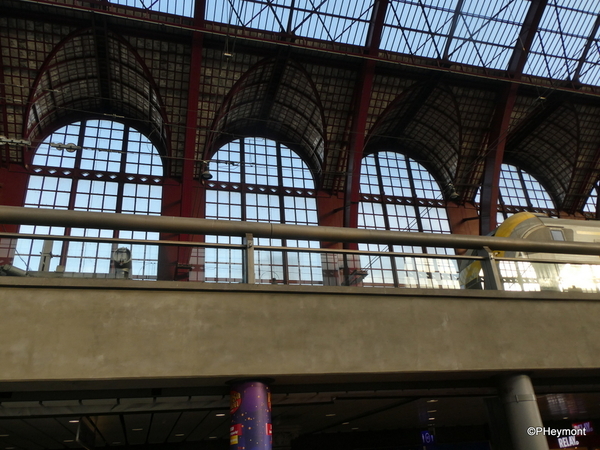
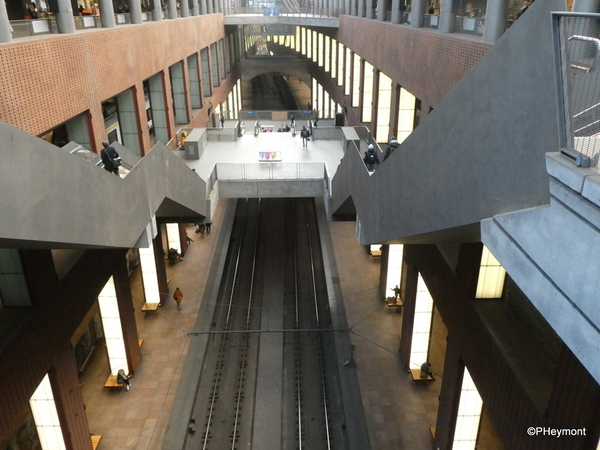
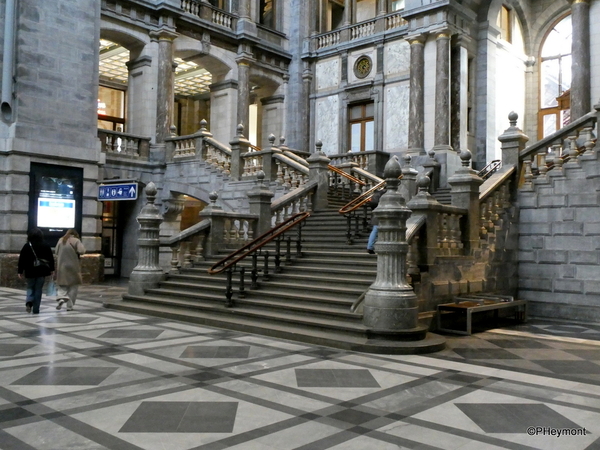
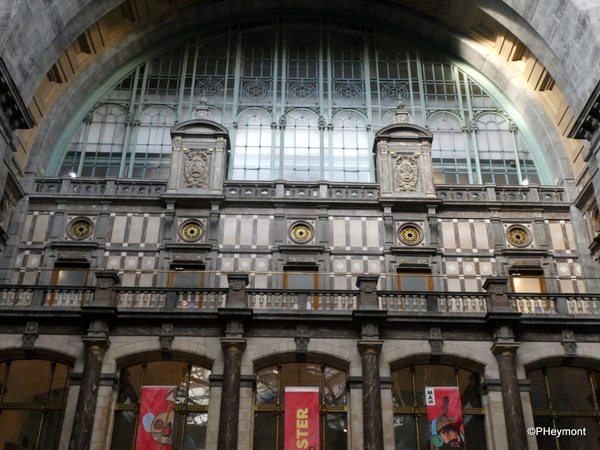
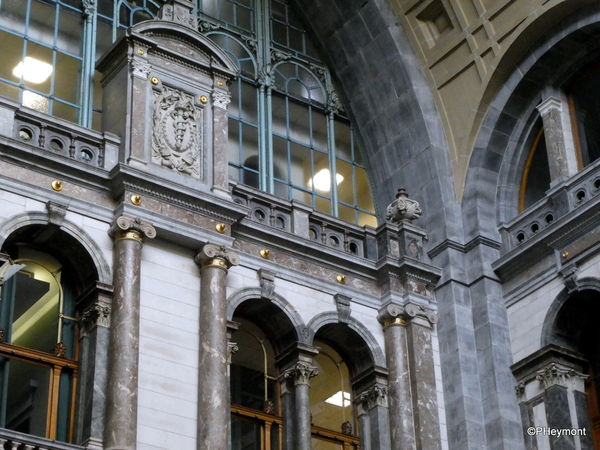
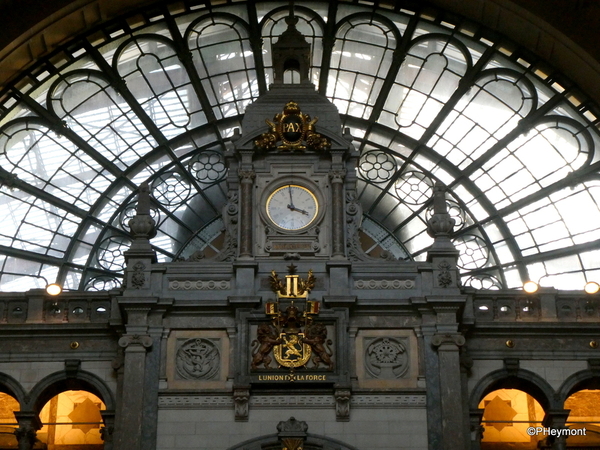
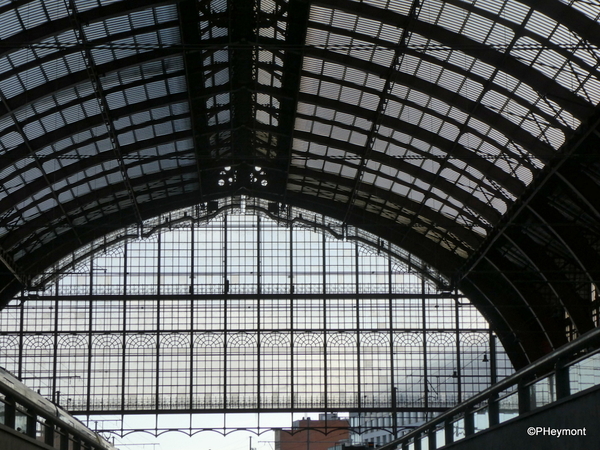
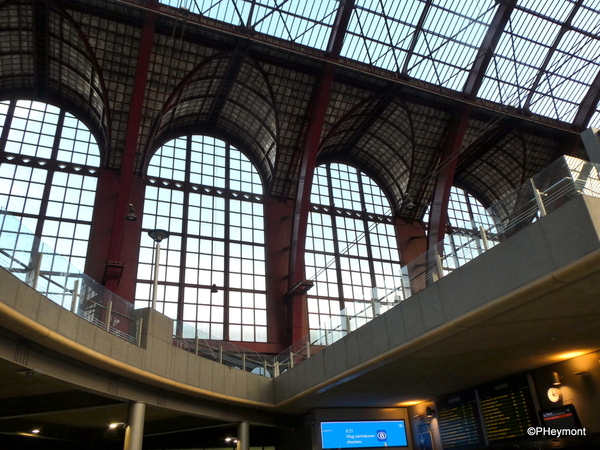



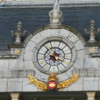







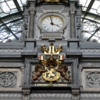






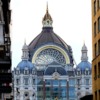

Comments (0)